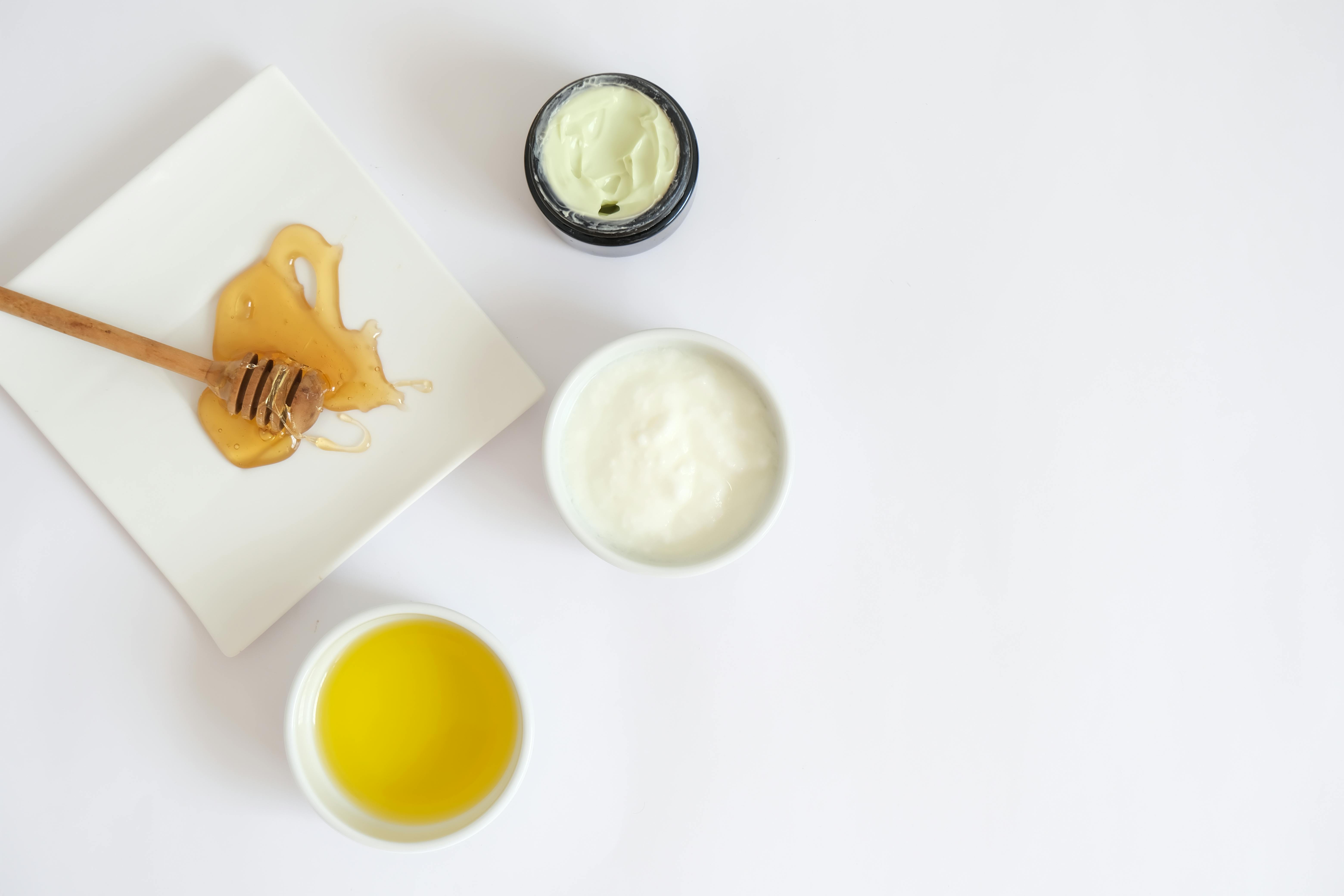Natural Relief for Atopic Dermatitis: Exploring Honey & DIY Emollients
Sep 26, 2025
Living with Atopic Dermatitis (AD) can feel like a daily balancing act. Flare-ups often strike without warning, and finding products that soothe without irritation can be overwhelming. While prescription treatments play a crucial role in managing moderate to severe cases, many people are also curious about natural approaches that can support skin health.
In this blog, we’ll explore why honey and homemade emollients are gaining attention as gentle, natural options for AD relief—and how they may complement your current routine.
Why Look at Natural Options for AD?
Traditional treatments for eczema and AD often include corticosteroids, calcineurin inhibitors, or medicated creams. While effective, they don’t always address the underlying triggers, and long-term use can raise concerns for some patients.
That’s why many individuals turn toward natural remedies—not as replacements, but as supportive additions that may reduce flare frequency, improve skin barrier function, and provide everyday comfort.
Honey: More Than a Sweetener
Honey has been used for centuries as a natural healer. In recent years, researchers have begun studying its role in skin conditions, including AD. Certain varieties, such as Manuka honey, contain powerful antibacterial and anti-inflammatory properties that may help reduce irritation and support wound healing.
While honey isn’t a cure for AD, early studies suggest it may:
- Calm inflamed or itchy skin
- Support the skin’s natural repair process
- Help reduce bacterial colonization on compromised skin
Because of its gentle, natural profile, honey has become a promising option for those seeking alternative skin soothers—especially when flare-ups leave skin vulnerable.

The Role of Emollients in Eczema Care
If you live with AD, you know that moisturizing is non-negotiable. Emollients—products designed to lock in hydration and create a protective barrier—are the cornerstone of eczema care.
But here’s the challenge: many commercial moisturizers contain fragrances, preservatives, or other additives that may irritate sensitive skin. This is why some people explore homemade, natural emollient blends.
By creating simple, nourishing recipes at home, you can:
- Control what goes on your skin
- Choose ingredients that are gentle and well-tolerated
- Support skin hydration without unnecessary additives
The Bottom Line
Natural remedies like honey applications and homemade emollients aren’t a replacement for medical care, but they may serve as valuable allies in your AD management plan. Exploring gentle, supportive methods allows you to personalize your approach and better understand what your skin truly needs.
If you’re curious about how to use honey for AD or want to try a safe, homemade emollient recipe, we’ve put together two quick, easy guides to help you get started. These resources walk you through practical, step-by-step approaches designed for sensitive skin.
Download your free guides HERE!
GET THIS FOR FREE!
The Ultimate Anti-Inflammatory Recipe Guide: Clear Your Skin & Boost Your Health Naturally
We hate SPAM. We will never sell your information, for any reason.

